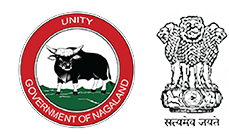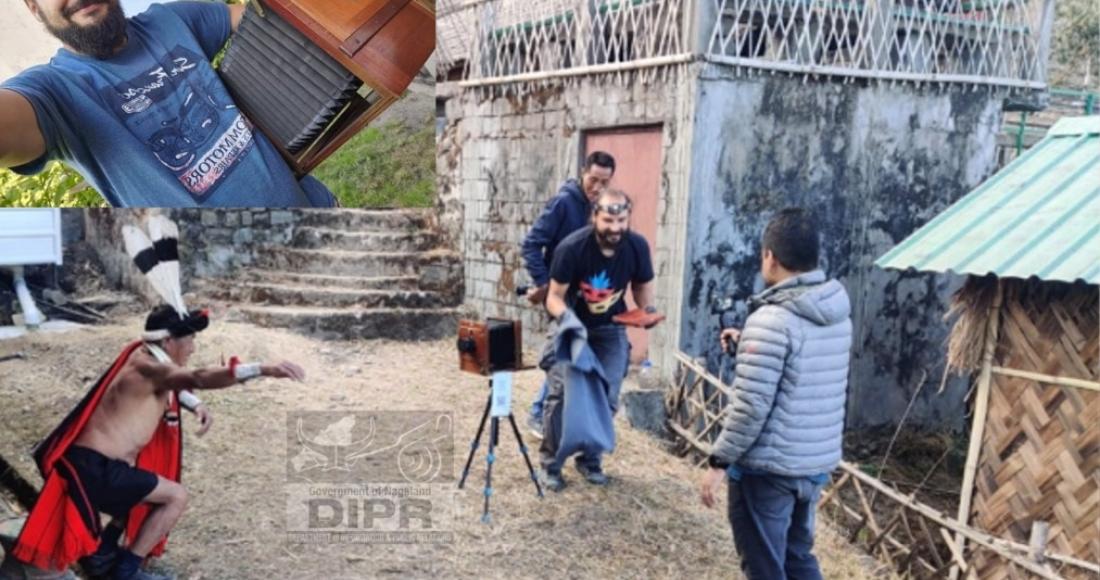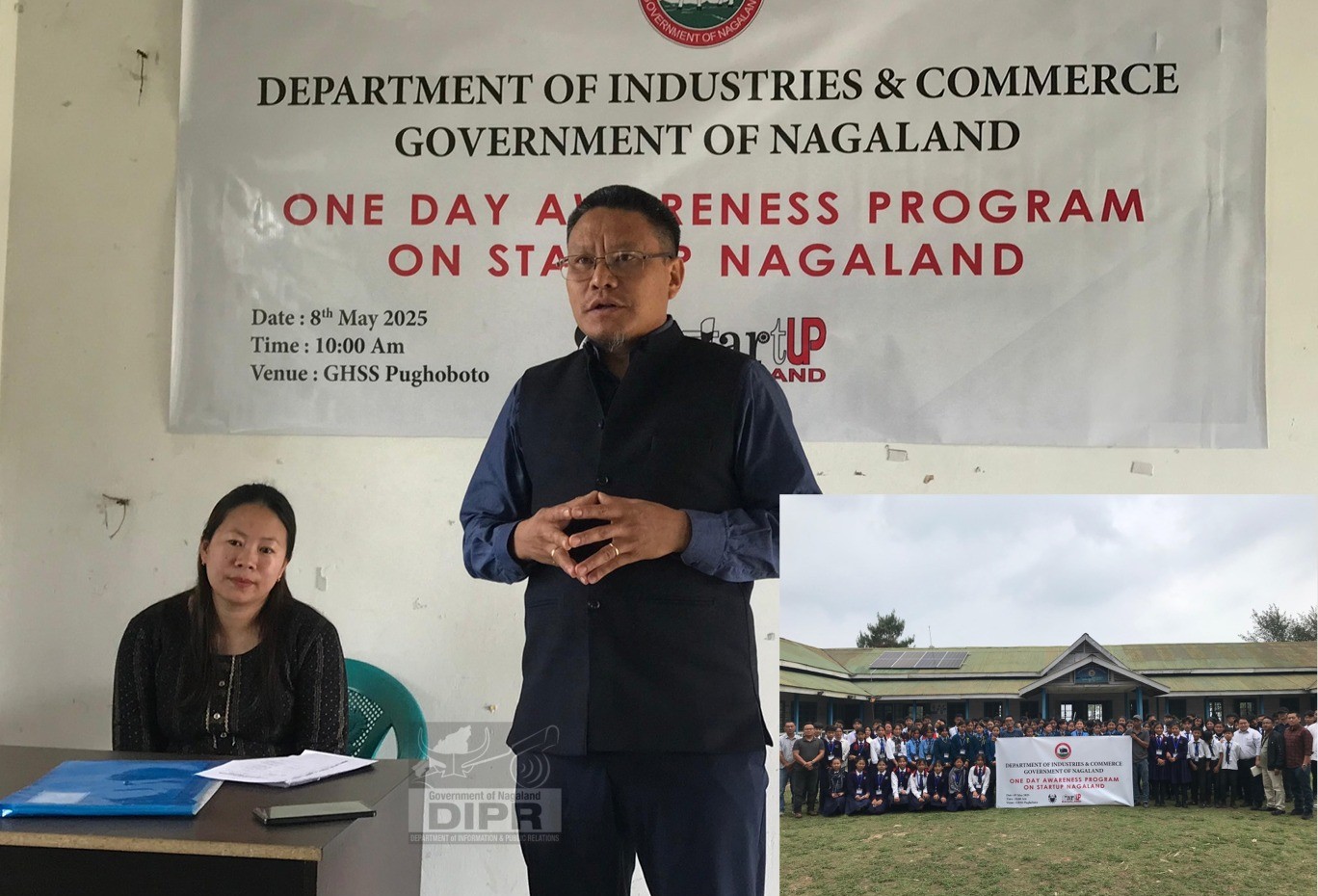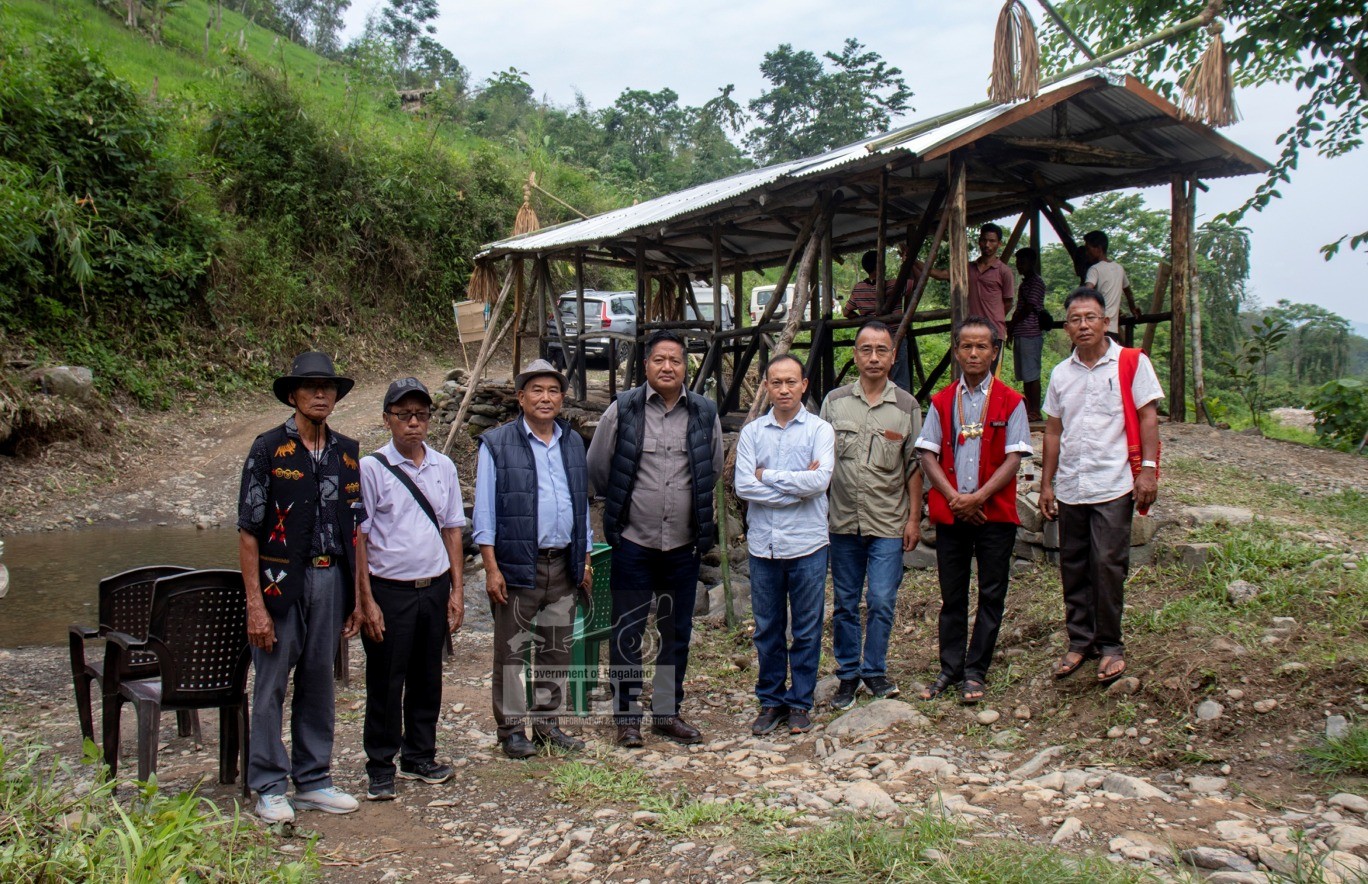The Hornbill Festival attracts tourists of all kinds from all over the world and most of them are usually simple travel enthusiasts who attend to enjoy the sights and sounds that Hornbill Festival has to offer. However, a small portion of the tourists who come to the Hornbill Festival are professionals in various fields who come with a specific purpose and look forward to accomplishing something worthwhile during their visit to the festival. The vibrancy and the richness of our cultural heritage that is on show during the festival is the main attraction and has been the subject of intrigue for many of these tourists.
The 2022 edition of the Hornbill Festival has so far seen an encouraging turnout of international tourists, most of whom have come simply to get a glimpse of the cultural extravaganza that is unique to Nagaland alone. However, a certain gentleman from Poland has come to the Hornbill Festival 2022 with a rather purposeful objective in mind. The gentleman in question is Jan Skwara, a documentary and travel photographer from Poland. Jan Skwara is a renowned photographer whose works have won multiple awards like Travel Photographer of the Year, National Geographic Grand Photography, Leica Street Photography, and Alamy Photo Competition, and has also won the Frames from the World Poland three times. His works have also been featured in many renowned publications like National Geographic Poland, Digital Camera, The Sun, and The Mirror.
What sets Jan Skwara apart from the hundreds of travel photographers that come to the Hornbill Festival every year is his purpose of coming to Nagaland. Jan Skwara is on a mission to document vanishing cultures using historic techniques and antique equipment to ensure that the essence of these cultures which have their roots in the past are not lost by using modern technology. Jan takes his photographs using the age-old “wet plate collodion” process which was invented in 1851, by Frederic Archer and is one of the oldest photography techniques. He also uses a 70-year-old large-format camera for capturing his photographs.
The Department of Information and Public Relations has been co-ordinating with Jan Skwara during his stay in Nagaland and has been providing logistical help by providing space for him to set up his dark room at the Heritage Village, Kisama where he has been documenting our Naga culture for the last three days. Talking about the Hornbill Festival Jan said that he enjoyed being here at the festival and mentioned that it was a great idea to bring all the tribes together in one place to showcase the diverse culture and traditions to the thousands of tourists who have come to witness the Hornbill Festival. He further stressed that the festival was an excellent way of preserving Naga culture which in time would vanish if steps were not taken to preserve it. He also said that for him as a photographer and a tourist it was a good opportunity to learn something new and get to know more about the Naga people and their rich culture and to talk to the local people and share experiences. He lastly mentioned that he enjoyed the naga cuisine the most out of all his experiences in the State.
The Hornbill Festival despite everything has been successful in one thing and that is showcasing our rich culture and traditions in all their glory for the world to see and experience and that I believe is the true essence of the festival. Jan Skwara is one of many who will take back with him an experience that only our Naga people can provide and through his works and photographs more people around the world will come to know about our Nagaland, our beautiful landscape, our hospitable and kind-hearted people and most importantly our unique and rich cultural heritage.
(A DIPR Feature by Morotsung Longchar, IA)





